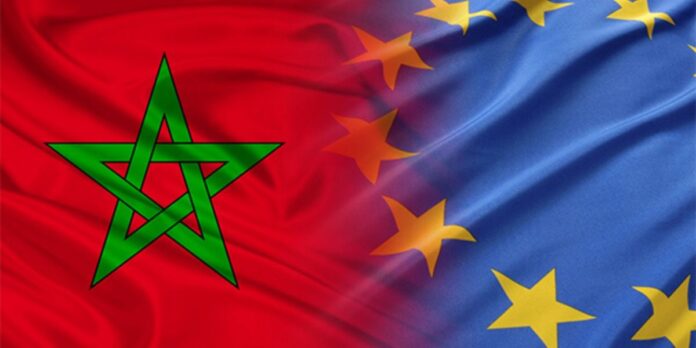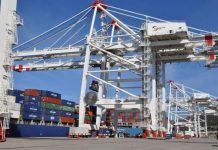Economic ties between Morocco and the European Union have reached record highs, with trade in 2024 exceeding €60 billion and nearly €9 billion in committed investments. But beneath the surface of these impressive figures lies a relationship still marked by imbalance. That’s the central argument of Abdessalam Jaldi’s latest report, published in October 2025 by the Policy Center for the New South, which critically examines the promises and pitfalls of the EU’s “New Agenda for the Mediterranean.”
Launched in 2021 by the European Commission, this initiative aimed to recalibrate relations with Southern Mediterranean countries amid a shifting global context shaped by the COVID-19 pandemic, the war in Ukraine, and ongoing conflict in Gaza. Backed by a €42 billion budget, the agenda focuses on three main pillars: human resilience, green and digital transitions, and security. Morocco stands out as one of its main beneficiaries, with a projected portfolio of €8.7 billion through 2027, including €1.6 billion in direct grants.
For over thirty years, Morocco has held a pivotal role in Euro-Mediterranean relations. Through successive agreements, an “advanced status” with the EU, and deepening cooperation, Rabat has positioned itself as a reliable and proactive partner. But according to Jaldi, that role comes with a persistent contradiction: while Brussels often speaks of equal partnership, the reality remains deeply asymmetrical. Despite talk of “co-ownership” of projects, European aid is frequently tied to the adoption of external priorities that don’t always align with Morocco’s most pressing domestic needs.
The report argues that this model perpetuates a dependency dynamic. In areas such as governance, for instance, European-funded programs are frequently embedded within rigid frameworks driven by EU standards. Requirements around transparency and anti-corruption—though important—are often presented as preconditions for support, limiting Morocco’s room to pursue homegrown reforms. Meanwhile, the country’s social agenda—particularly crucial in underserved regions—remains sidelined.
Yet there are potential pathways toward a more balanced relationship. One of the most promising lies in Morocco’s sweeping social protection reform. Jaldi sees this as a strategic area where European expertise could offer meaningful support—if it respects the country’s sovereign choices. Expanding coverage to the informal sector, digitizing welfare services, and building sustainable funding mechanisms are all areas ripe for focused collaboration.
Industrial policy offers another opportunity for more equitable integration. The report points to Asia’s experience, where Japan played a catalytic role in building out ASEAN’s industrial base. A similar model, adapted to Morocco’s strengths in sectors like automotive manufacturing, aerospace, renewable energy, and semiconductors, could create win-win scenarios for both sides.
The digital sector also presents a strategic lever. Morocco has already established a strong regulatory foundation, and aligning with EU standards such as the GDPR and the Digital Services Act could further strengthen that framework. But Jaldi cautions that the goal should be shared technological sovereignty—not a one-way adoption of European rules. The focus, he argues, should remain on end users and local priorities.
One often-overlooked issue the report brings to light is brain drain. With 60% of Moroccan migrants under the age of 40, the country is losing a significant portion of its skilled youth. Jaldi suggests looking at models from India and Israel, which have implemented policies to encourage temporary returns or create compensatory mechanisms, turning the loss of talent into a potential development asset.
Geopolitically, Morocco may also find new opportunities through deeper involvement in European defense initiatives. The report highlights areas like drone technology and military aviation as possible domains for high-level cooperation. Such collaborations could advance Morocco’s integration into broader Euro-Atlantic defense ecosystems, aligning economic and strategic interests.
Ultimately, Jaldi’s conclusion is clear: true partnership cannot be built on a one-way street. If the EU’s New Agenda is to succeed, it must move beyond a top-down logic that imposes priorities. Even the most well-funded pacts will fall short if they fail to support human development first. Without that, the very imbalances the EU claims to address may only deepen.





